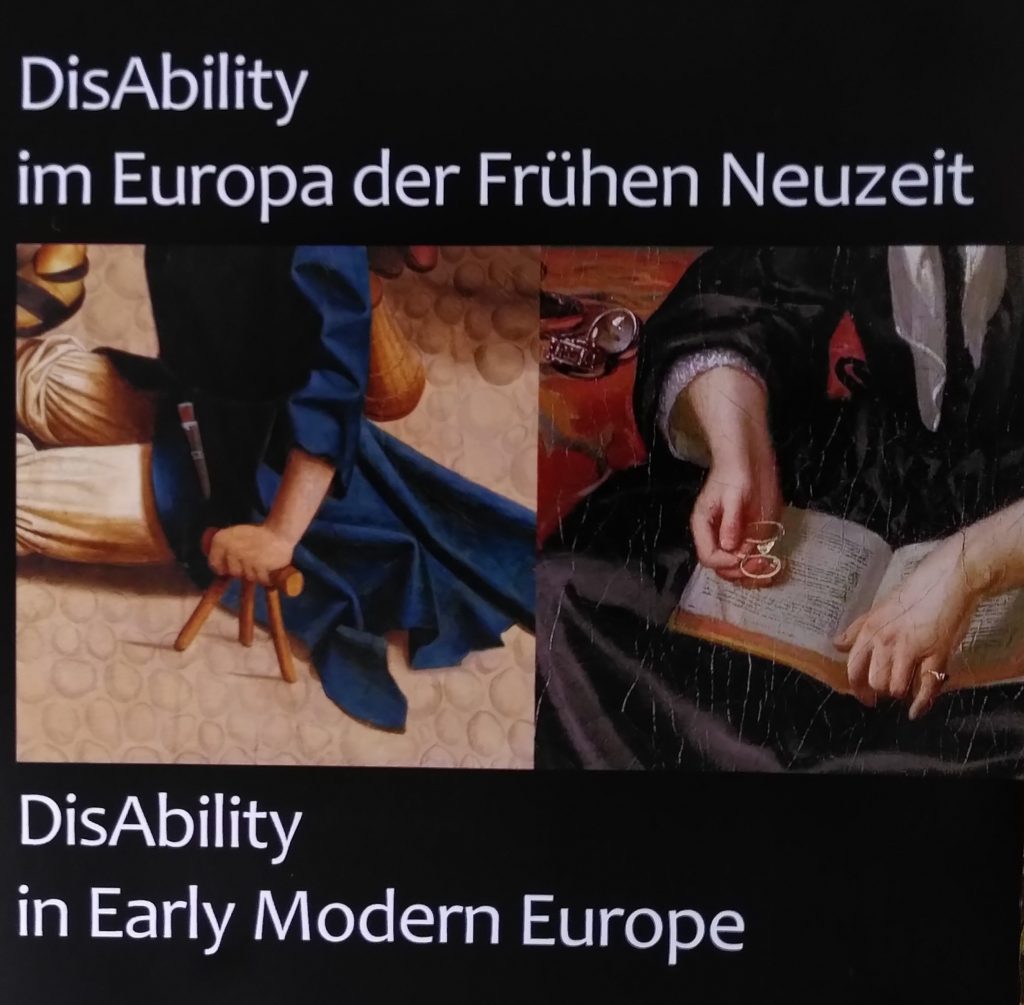Imagine the following scenario (Goodey, 1): time travel is possible nowadays. A person labelled as disabled in today’s society has access to a time machine and travels some centuries back in time. Would this person be considered disabled in other times as well? Depending on the era and the culture this person would encounter, the answer might differ significantly. Hence, we start from the basic assumption that disability is subject to both cultural and historical change. It is therefore the result of constructions and attributions embedded in a specific historical period and culture.
In addition, being able or disabled always depends on other social categories and dynamics: Is the time traveller male or female, what is his/her social position and familial ties in the society he/she travels to, to which ethnic or religious community would the person belong, etc.? An axiom of DisAbility History stresses that “[l]ike gender, like race, disability must become a standard analytical tool in the historian’s tool chest” (Longmore/Umansky, 15). Methodologically, DisAbility History benefits from looking at intersections of analytical categories. This means that disability can only be understood in relation to ability. Therefore, it is also crucial to ask who is regarded to be able or unable to do something in certain contexts.
Continuities as well as ruptures shape our understanding of the early modern period. On the one hand, early modern times might retrospectively appear to be the incubation period of modernity (“Inkubationszeit der Moderne”, Paul Münch). In DisAbility History, we can assume that the emergence of the Cartesian mind-body dualism, of secularisation, medicalisation, or the long-standing scholarly trend to categorise phenomena, to name only a few examples, affected and changed the ways of understanding diseases and health until today. On the other hand, as researchers, we are constantly addressing early modern otherness in terminologies, experiences and conceptualisations of DisAbility. In addition, we notice some astonishingly persistent continuities from the medieval to early modern period when it comes to treating illness and disease.
Table of Contents
- Julia Gebke and Julia Heinemann
Dealing with Definitional Voids. DisAbility in Early Modern Europe - Patrick Schmidt
Writing a Discourse History of Multiple Discourses. An Approach to Perceptions and Constructions of Dis/ability in Seventeenth- and Eigteenth-Century European Societies - Philine Helas
Krank, alt, blind. Zur Darstellung des Bettlers in der italienischen Malerei zwischen dem 14. und 18. Jahrhundert - Riikka Miettinen
‘Disabled’ Minds. Mental Impairments and Dis/ability in Early Modern Sweden - Carlos Watzka
Prävention und Rehabilitation von Behinderungen der Erwerbsfähigkeit als Bestandteile der Gesundheitsversorgung im konfessionellen Staat der Frühen Neuzeit. Das Beispiel der Barmherzigen Brüder in Österreich und ihrer Förderung durch die Habsburger - Simon Jarrett
Myths of Marginality. Idiocy in Britain in the Long Eighteenth Century - Bianca Frohne
Living with Pain. Exploring Strange Temporalities in Premodern Disability History

